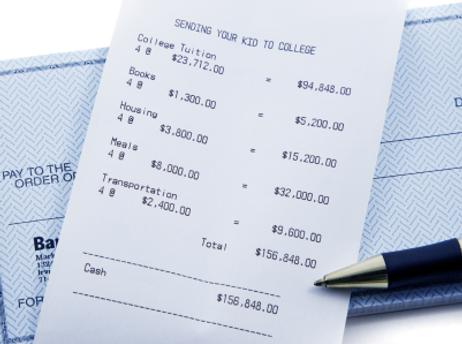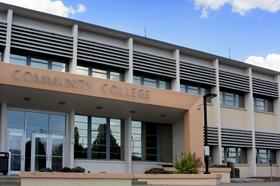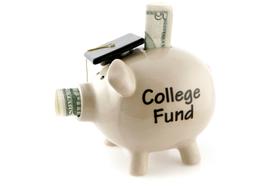Remedial education is a core component of community colleges today, as more students enter the world of higher education unprepared for the rigors of a college-level curriculum. However, remedial education has been linked to a low completion rate at some schools, where hours of class time in unrelated, remedial courses interfere with a student’s ability to earn a degree in a reasonable amount of time. With many factors weighing on a college’s ability to offer efficient remedial education, some schools are taking innovative approaches to the idea of preparing students for the rigors of higher education.
This video looks at the issue of remedial courses in community college.
The Prevalence of Remedial Education
An article at the Hartford Courant suggests that too many incoming freshmen are getting placed in remedial classes before they can take actual college coursework. The Courant reports that as many as 60 percent of all students entering community college must take at least one refresher course in math or English. What is even more unsettling is that only about one-quarter of these students go on to actually complete their degree program.
The publication also cites statistics from the Community College Research Center that show one-third of these students could pass a regular college course with a grade of a “B” or better, even without the remedial coursework under their belts. These numbers certainly seem to suggest that students are getting placed in remedial classes more often than is necessary.






















